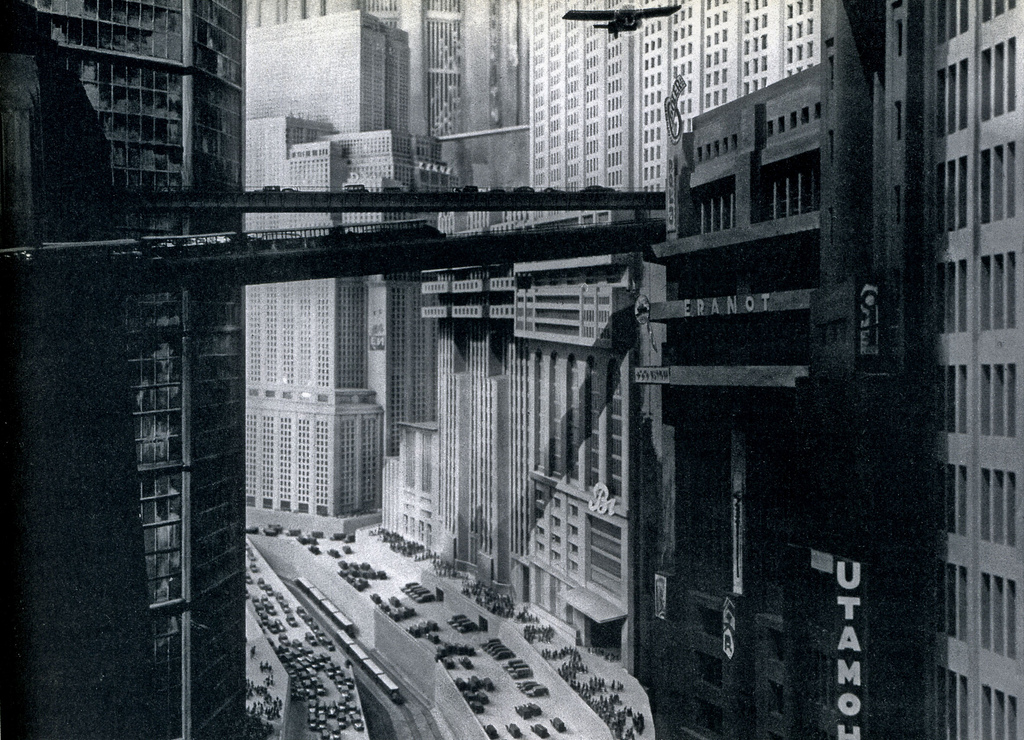
This module combines the study of literature, film, and art to give students a thorough and creative insight into the cultural contexts of urban modernity and the aesthetic practices of international modernism.
From the late nineteenth century onwards, urban spaces became the foci of vibrant political, intellectual, and artistic activity. As polyglot spaces or “heterotopias”, cities provided the settings for social action (workers’ uprisings, the emancipated “New Woman”, the “New Negro” movement, the emergence of Queer culture), political and cultural friction (the rise of fascism in the Weimar Republic), and radical artistic experimentation (the avant-garde movements).
The modernist arts were vitally shaped by the multifaceted experience of metropolitan life. Not only did modernist works of art describe these places, but they also took the form of imaginatively structured urban-space narratives: they spoke in an urban voice, innovatively representing the acceleration of time and the kaleidoscopic vistas of city-dwellers as well as their emotions and thoughts. Our readings and discussions will be structured around three cultural capitals of modernism, settings of revolutionary artistic and political activities: Paris, Berlin, and New York. To recreate and explore the cultural and historical space of each city, we shall watch films, read literary texts, look at paintings and photographs, listen to music, and consult city maps of the period relevant to each city. Our discussions will be complemented by the reading of pertinent theoretical texts.
Topics and key concepts addressed on this module include: modernity, modernism, the avant-garde, Surrealism, Harlem Renaissance, post-modernism, urbanisation, automatisation, sensory overload, technologies of seeing and travelling, montage, mechanical reproduction, city-symphony, Cabaret and Club culture, migration, walls and borders, flâneur, flâneuse, tramp, drifter, dérive, psychogeography, street monuments / toppling of statues.
Module Supervisor: Prof. Karin Littau